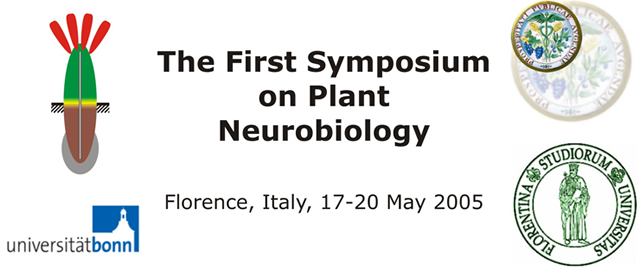
 |
| Genetic approach to study pea (Pisum sativum L.) adaptations to mechanical and cadmium stresses during development its symbioses with Rhizobium and arbuscular mycorrhizal fungi |
| Viktor E.Tsyganov1,*, Alexander I. Zhernakov1, Anna V. Khodorenko1, Zlata B. Pavlova1, Pavel Y. Kisutin1, Andrei A. Belimov1, Vera I. Safronova1, Tatyana S. Naumkina2, Alexey Y. Borisov1, Peter Lindblad2, Karl-Josef Dietz3, Igor A. Tikhonovich1 |
|
1 All-Russia Research Institute for Agricultural Microbiology, Podbelsky ch. 3,
Pushkin 8, 196608, St.-Petersburg, Russia 2 Institute of Grain Legumes and Groat Crops, Orel, p/b Streletskoe, Russia 3 Department of Physiology and Biochemistry of Plants, University of Bielefeld, Germany |
| *email: viktor_tsyganov@arriam.spb.ru |
|
Legume endosymbioses with nodule bacteria and arbuscular mycorrhizal fungi is sensitive to stresses and, at the same time, is able to decrease the stress effects on plants. Using of genetic approach allows to identify plant genes involved in the control over adaptations of legume symbioses to stresses. In this study, two mutants with changed reactions to stresses have been analysed by their ability to interact with Rhizobium and mycorhhizal fungi: SGEcrt (crt) with hypersensitivity of roots to touch stimuli [1] and SGECd t (cdt) with increased tolerance to cadmium (Cd) [2]. It was demonstrated that mutant SGEcrt (crt) has decreased nodulation ability which can be restored by addition of ethylene action inhibitors. In contrast, the mutant SGEcrt (crt) is characterized with accelerated mycorrhizal colonization. The mutant SGECd t (cdt) was characterized with increased tolerance of nodulation to toxic Cd concentration in comparison with wild type.
Supported by RFBR (04-04-48462-a), St. Petersburg Governement (2004), INTAS (01-270) and for VET by St. Petersburg Governement fellowship (PD04-1/4-230) . |
| [Back] |
Last Update on 06-06-05 by Andrej |
|